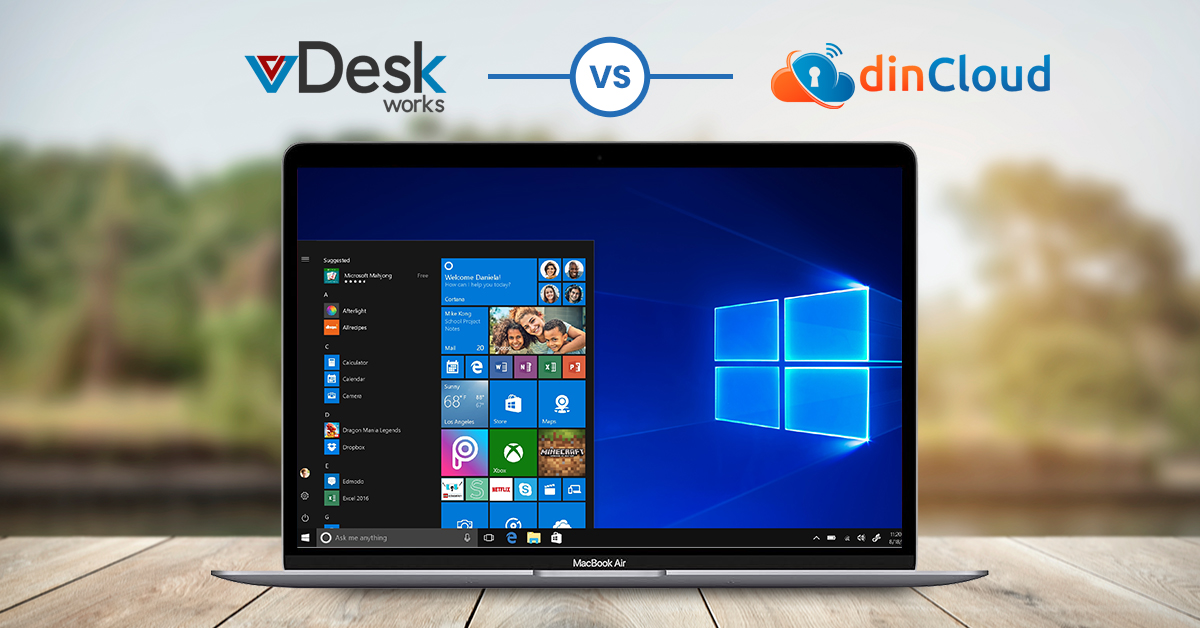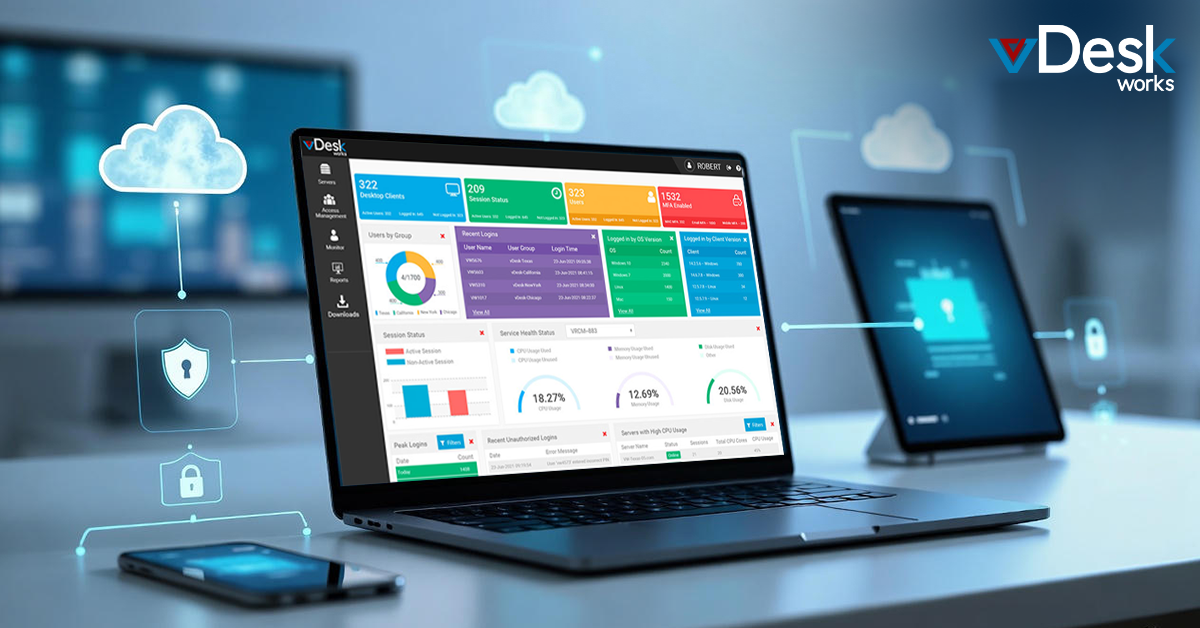We frequently discuss the advantages of SaaS cloud PCs over alternatives such as virtual desktops and physical PCs. The do-it-yourself (DIY) approach to end-user computing has become increasingly popular. Some IT departments are in charge of managing a fleet of physical PCs and workstations, which may or may not include regular hardware updates. These DIY solutions, whether physical or virtual, are complex; it takes a lot of time and effort to deploy and manage them, and they are expensive. Let's compare DIY virtual desktops and actual PCs to SaaS cloud PCs so we can understand how the appropriate cloud PC solution may minimize complexity, unload your IT department, and save money.
Buyers of Cloud PCs
The benefits of flexibility, security, and productivity that organizations achieve with cloud PCs add tremendous value to their organizations. DIY desktops include both physical PCs and virtual desktop solutions because the customer is responsible for procuring and managing the desktops' infrastructure, operations, and SLA. The concept of "do-it-yourself" applies to all of these computing formats.
Up until fairly recently, a sizeable amount of time and money had to be invested in Virtual Desktop Infrastructure (VDI) to virtualize and consolidate company virtual desktops. The only functions offered in VDI software are provisioning, brokering, and gateway. The customer or a third-party reseller is responsible for designing, integrating, and paying for the entirety of the infrastructure, including the central processing unit (CPU), memory, storage, and networking. Maintaining and troubleshooting a system of this complexity will call for the involvement of an expert team, whether that team is in-house or contracted out. Because of this intricacy, the stability of virtual desktops can often be relatively poor, and downtime can be expensive. Customers assert that every hour of downtime for their on-premises virtual desktop infrastructure costs them one million dollars. After going to all that time and expense, many companies find out that their end-users are unhappy with the performance of their system since it is so challenging to construct and operate these kinds of systems.
The Future of Computing Lies in Enterprise SaaS Cloud PCs
High Availability of Computers Hosted in the Cloud
End-users can access their cloud PCs confidently and experience outstanding performance thanks to Enterprise Desktop Clouds, which deliver enterprise-proven cloud PCs from several public clouds, enabling end-users to be productive from any location. Desktop provisioning and management should be simplified for information technology teams to devote their attention to more critical issues.
Cloud PC Innovation From Every Perspective
Launch use cases, determine and fix any problems that may occur, cut expenses, increase security, boost performance and reliability, and so on.
Cloud PC Consumption Flexibility
With vDesk.works, revolutionize the financial model of end-user computing. Reduce the time and money spent on management and problem solving by the team so that they may focus on strategically using their expertise. Fine-tune the computation costs for each user with flexible pricing and usage models, or choose a flat-rate subscription option for individual resource needs, whether you need a dedicated desktop, a shared desktop, or just access to a few applications. Alternatively, you can choose to pay per application.
The advantages of using a cloud PC service like SaaS rather than creating your own virtual desktop are substantial. vDesk.works cloud PCs give a higher level of business agility, a more robust level of security, an increased level of IT simplification, and the astonishing level of performance that users have come to expect.


 Jerry Clark
Jerry Clark
















